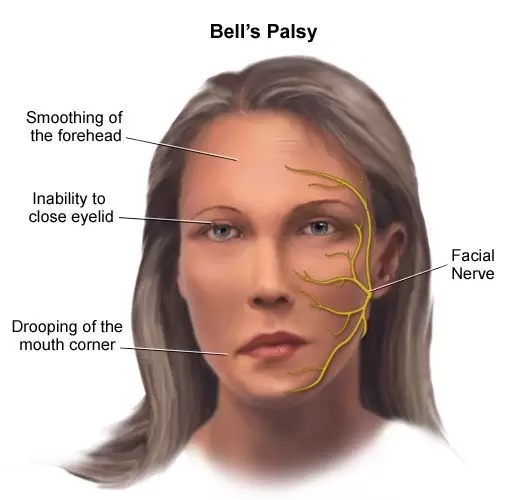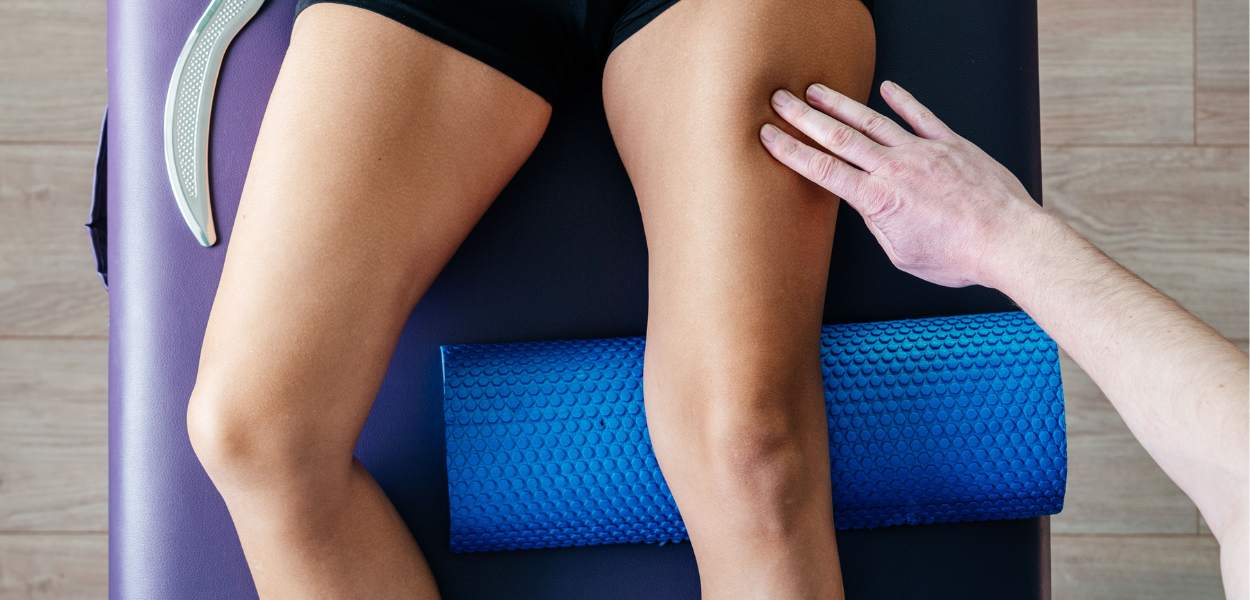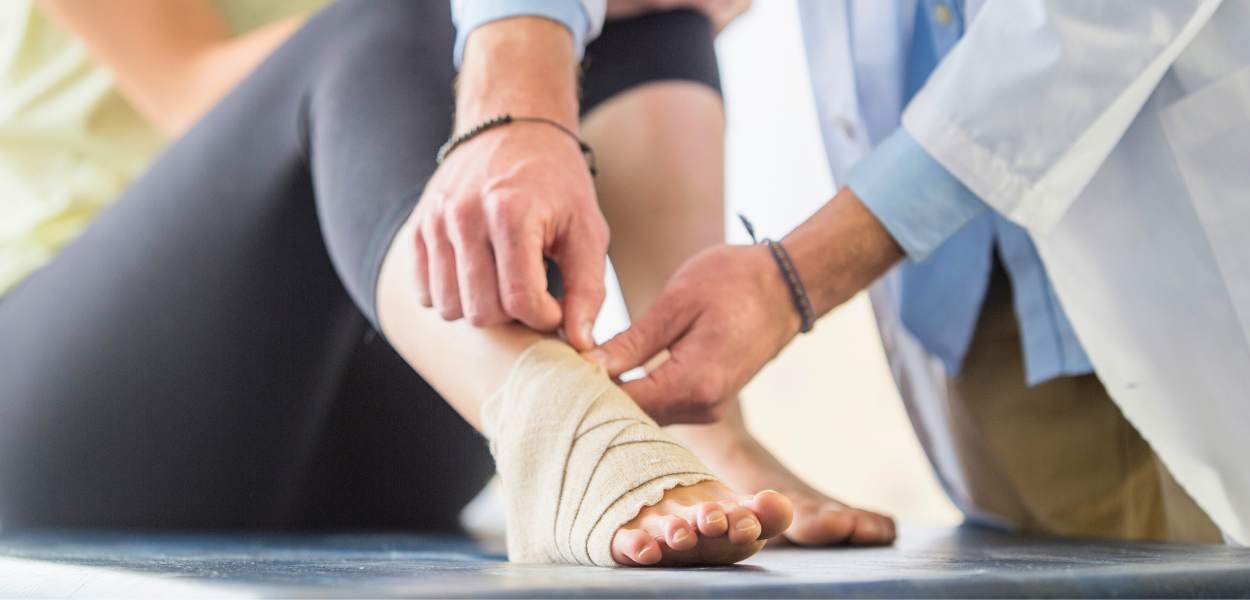Body Mechanics: Taking the “I” out of R.I.C.E.
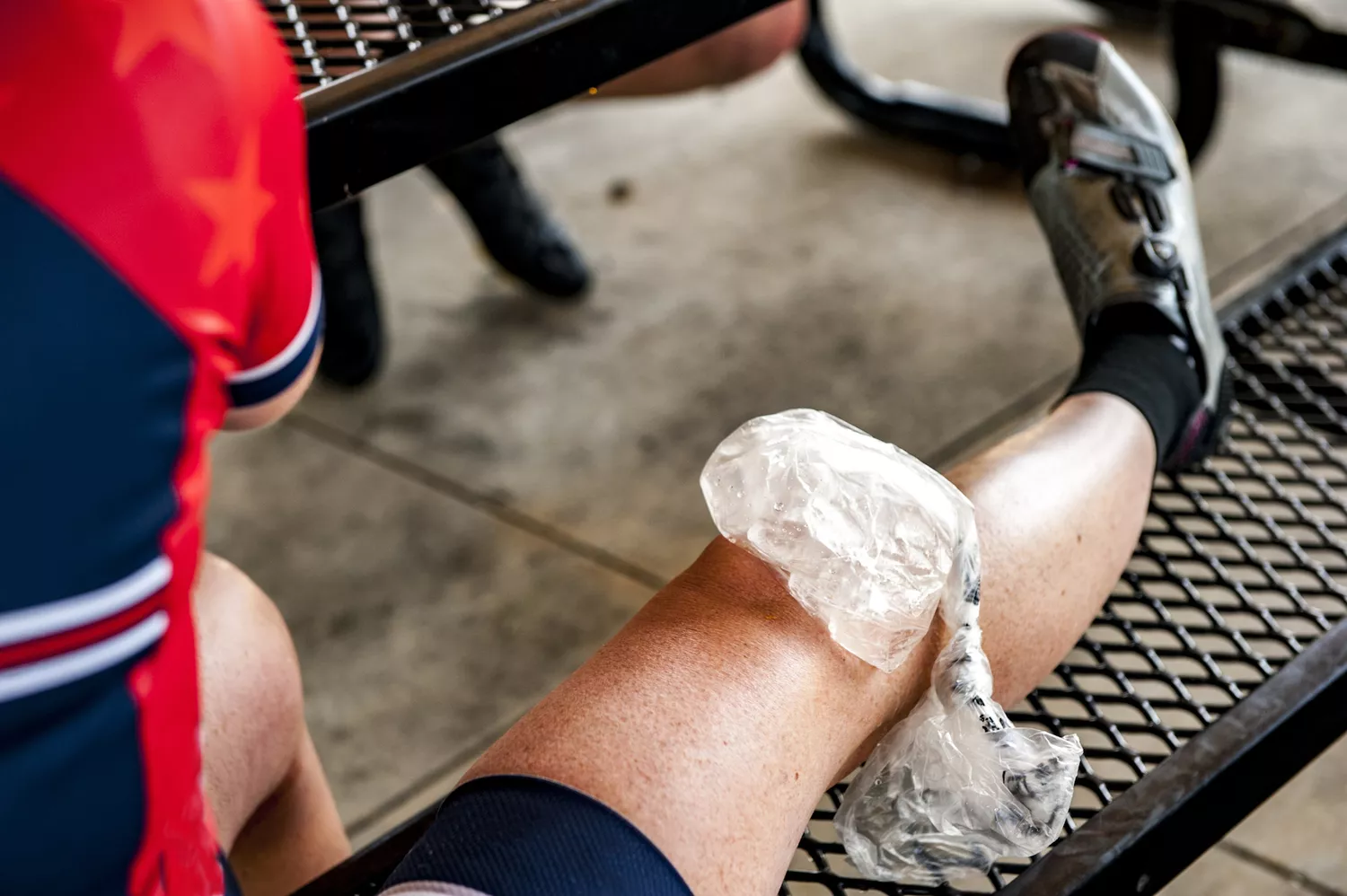
“When I wrote my best-selling ‘The Sports Medicine Book’ in 1978, I coined the term R.I.C.E. (Rest, Ice, Compression, Elevation) for the treatment of athletic injuries… but now it appears that both Ice and complete rest may delay healing instead of helping.” — Gabe Mirkin, M.D.
Indeed, there is limited research in the area of cryotherapy (local or general use of low temperature in medical therapy), and most are divided over the use of ice. As many physiotherapists advocate ice and many trail runners use it, perhaps a better look at ice is warranted.
There are two main types of sports injuries — open and closed — and yet the body’s response is the same: inflammation. Capillaries widen to bring oxygen and appropriate immune cells — opening up and becoming permeable to give the immune system access to the injury. The affected area is painful due to the presence of immune system cells, and usually red due to increased blood supply.
Like the monster-eating Pac-Man, white blood cells or neutrophils, along with other cells, fight damaged tissue and infection. The swelling must be re-absorbed into the body and circulatory systems. Though uncomfortable, swelling reduces tissue oxygenation and regrowth.
Inflammation is the natural first step of healing. The next phase is repairing and then remodelling. Although the research is sparse, conventional wisdom says ice can decrease pain, circulation, metabolic activity, and inflammation.
In the ‘no-ice’ camp, the belief is that anything that slows inflammation slows the entire healing process. Inflammation must run its course and only then can repair begin. Since ice constricts blood flow, it hampers the cells necessary for healing. Modalities like compressions, massages, and light activities are as good as ice, with no bad effects. This group also points out that swelling is removed by the lymph system, which slows and then reverses with the application of ice. Several studies support this stance, including a review of 22 articles that found “no evidence that ice and compression hastened healing over the use of compression alone, although ice plus exercise may marginally help to heal sprains.” Chin-Yao Tseng, along with others, found that ice actually increased negative metabolites in the area, thus delaying recovery. Additionally, it has been shown that ice does not aid in collagen alignment during healing, where in fact eccentric movement is best in aligning healing tissue.
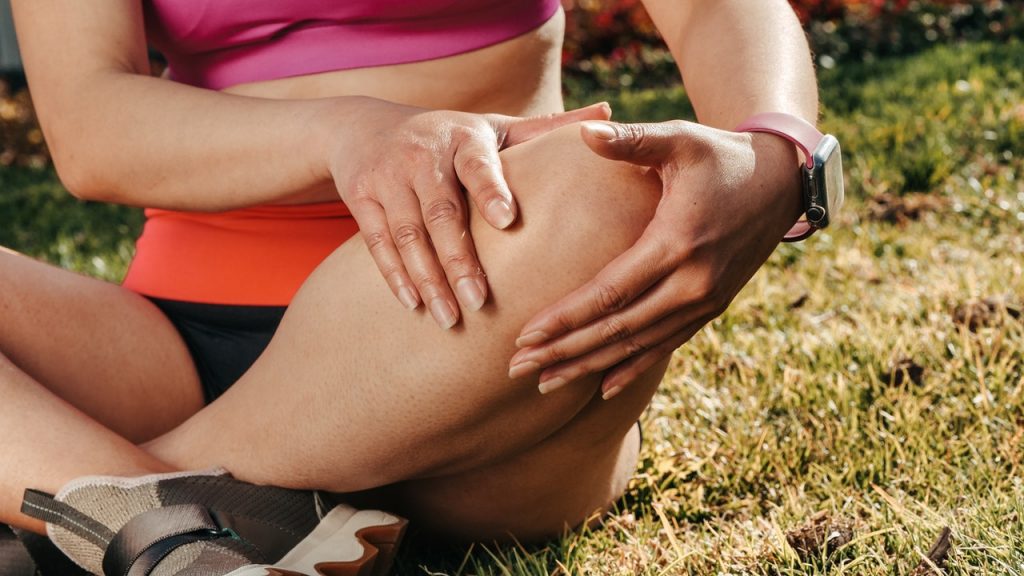
Overall, there is not enough research in the area of cryotherapy. A few studies showed a decrease in pain when medication was combined with ice application… others found minimal response when ice or heat was given with oral ibuprofen.
One problem with this stance – something no one commented on in my reading, is Thomas Lewis’ ‘hunting reaction’: On application of ice, the vessels constrict, forcing blood and cells away. About 5 to 20 minutes after exposure, the vessels suddenly vasodilate, flooding the area with new blood and repair cells. Amazingly, the process then repeats with vasoconstriction and vasodilation at irregular intervals. One would perhaps think that this would allow the appropriate amount of cells to the area, and the pumping action would be a double bonus!
The ‘pro-ice’ camp sees inflammation differently. Most sports injuries are closed injuries, not letting access to foreign bodies — as a result, closed wounds are less in need of the immune response part of inflammation.
As it is the immune response cells that cause pain, normal inflammation — as demonstrated by a University of Calgary study — is actually the body’s over-reaction to a closed injury, hitting it with a full immune response. Ice is then used to help reduce pain and decrease early stages of inflammation in joint sprains, muscle strains, bruises, and tendinitis. Remember: Never ice on open skin or numb tissue, before or during an activity.
Overall, there is not enough research in the area of cryotherapy. A few studies showed a decrease in pain when medication was combined with ice application, while, on the other hand, Gregory Garra, along with others, found minimal response when ice or heat was given with oral ibuprofen.
One rarely addressed issue is the ideal duration of application. Most of the studies seem to span 20 to 30 minutes. Though a key study in this area came from the University of Brussels, which recommended 10 minutes of icing as being optimal. They found 10 minutes was when the lymph system seemed to begin to slow.
Clinically, I suggest a bag of frozen peas or an ice cup for a maximum of 10 minutes, or until numb. Icing is to be done at the end of the day after doing the prescribed movements or exercises. The stress of the day and the exercises may increase the inflammatory response so the ice may help that while reducing pain. Contrast baths — where one moves from ice water to water which is as hot as tolerable, and back again — can cause a pumping action not unlike Lewis’ hunting reaction.
It seems ice is beneficial for pain and may aid with inflammation. So perhaps it is more useful to replace R.I.C.E with the more hip: M.C. T.I.M.E (Movement, Compression, Ten minutes of Ice, Massage, Elevation.)
This article originally appeared in AsiaTrailMag.com in October 2015
References
- Chris Bleakley, et al. “The Use of Ice in the Treatment of Acute Soft-Tissue Injury.” The American Journal of Sports Medicine 32 (2004): 251-61.
- Chin-Yao Tseng, et al. “Topical Cooling (Icing) Delays Recovery from Eccentric Exercise-Induced Muscle Damage.” The Journal of Strength & Conditioning Research 27.5 (2013): 1354-61.
- Gregory Garra, et al. “Heat or Cold Packs for Neck and Back Strain.” Academic Emergency Medicine 17 (2010): 484-9.


